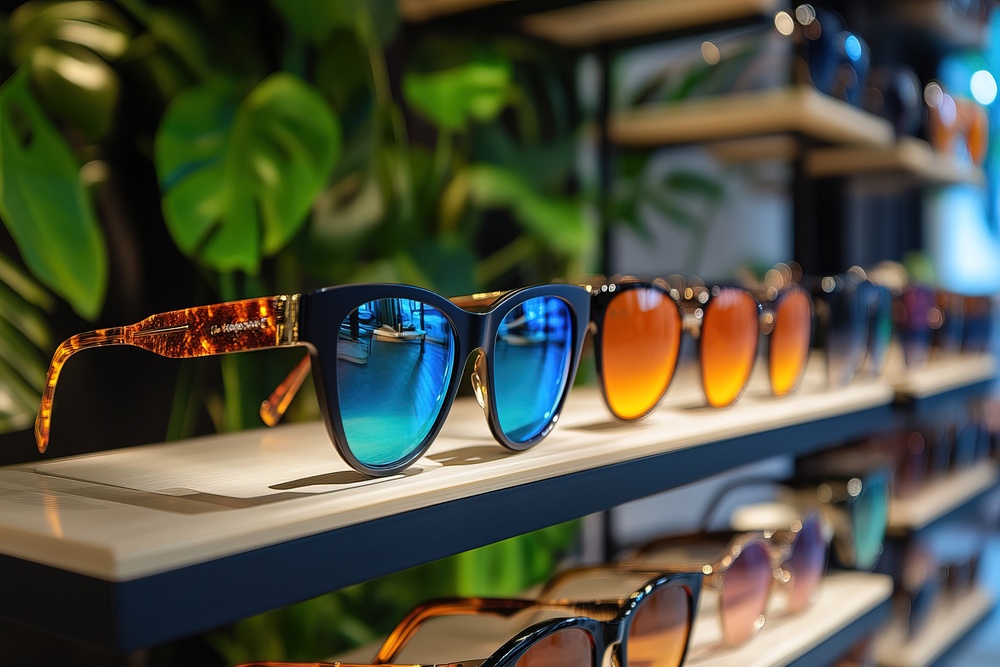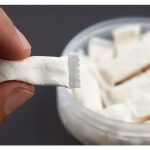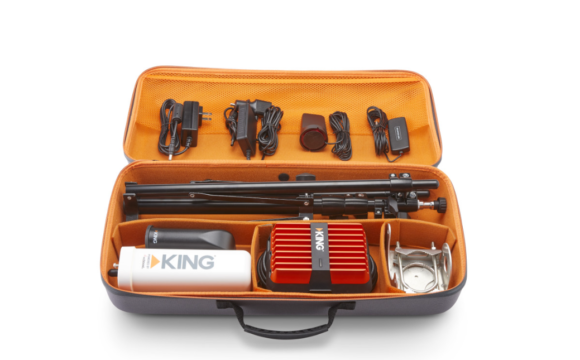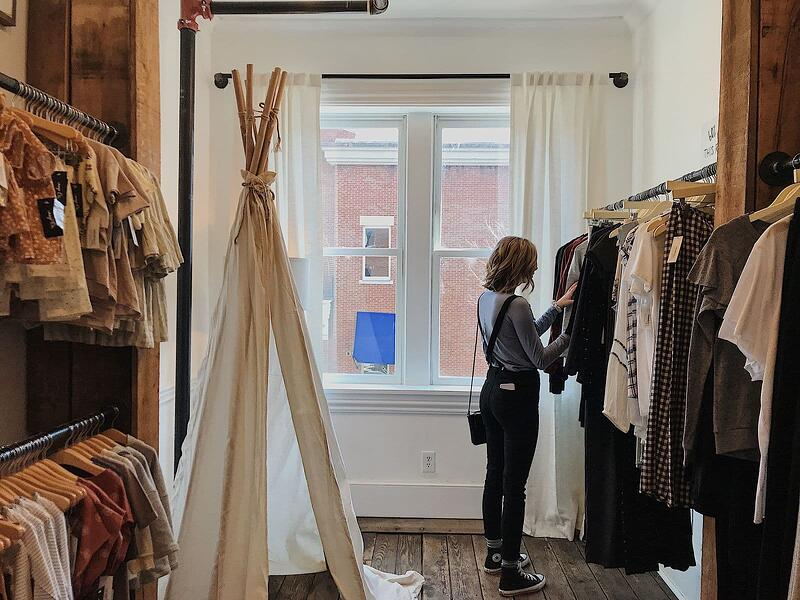Small purchases can lead to big relationships. Retailers selling quick-sell items often miss repeat business. Shrewd owners use these inexpensive products to build customer loyalty.
Understanding the Quick-Sell Advantage
Low-cost buys lower the risk for consumers. People can sample your store with a $15 phone stand, a trendy keychain, or colorful socks. Customers who try cheap items often buy more expensive ones later.
These quick transactions can deliver memorable service moments. A cheerful checkout, a fast answer to a simple question, or a little extra help on a small item builds goodwill that lingers. Customers recall the store that treated them well even when they were only spending pocket change.
Creating Memorable First Experiences
Always treat the tiniest transaction like a true occasion. Smile, give quick tips, and wrap every item with care. These gestures make your shop stand out. Offer simple, relevant advice tied to what they’ve just bought, but never hard sell. If someone grabs a new charger, for instance, gently mention simple care hints or whether they might find a matching cable handy. Sharing knowledge builds trust and shows lasting concern.
Building Your Customer Database
Ask for contact details even during quick, low-dollar ring-ups, but trade the ask for true value. Email them the receipt, a short warranty PDF, or a heads-up on a coming sale. When the trade feels honest, most folks share their info without a second thought.
Design your loyalty plan to notice the smaller, frequent buys. Customers who buy bulk sunglasses for their family or small accessories regularly should earn points toward future discounts. According to the people at OE Sunglasses, formerly known as Olympic Eyewear, these programs encourage repeat visits and higher spending over time.
Strategic Product Recommendations
Plan recommendations that feel like helpful add-ons instead of a hard sell. If a shopper buys a pair of sunglasses, mention the matching nose pads or a case they haven’t requested. The connection is obvious, the extra cost is minimal, and they walk away with a stronger sense that you get what they need.
Once buyers return and seem at ease with a lower-priced item, you can softly present something at a slightly higher price. If they trust you at the $15 mark, the $30 option often slides in naturally instead of jolting the budget. Keep the jumps small so they scarcely notice they are opting in again.
Record what they buy and what they mention. If you learn someone loves blue or is always shopping for a teenager, use that data next time you chat. A tailored tip that echoes a past conversation feels personal and proves you are genuinely listening.
Converting to Higher Value Sales
When you decide to suggest a premium upgrade, timing is everything. Observe their body language, their phone searches, their online reviews before presenting the next tier. Wait for them to glow about the last item so the new choice arrives as a trusted next step, not as another line on the sales ledger.
Place some inexpensive items next to the more expensive ones to subtly encourage customers to spend more. Slipping a durable phone case into the same basket as a new phone or pairing matching socks with a fresh outfit feels breezy and opens the door to bigger rings at the register.
Conclusion
Treat quick one-off steals as the open door, not the finish line. Serve them like they’re your only customer every time and the small cart turns into a cart full of love, loyalty, and many more sweet sales down the road.
Today’s customers could become tomorrow’s biggest accounts. Make the most of every conversation. Get insights, provide solutions, and keep talking. Cultivating these connections leads to repeat business and long-term success.








